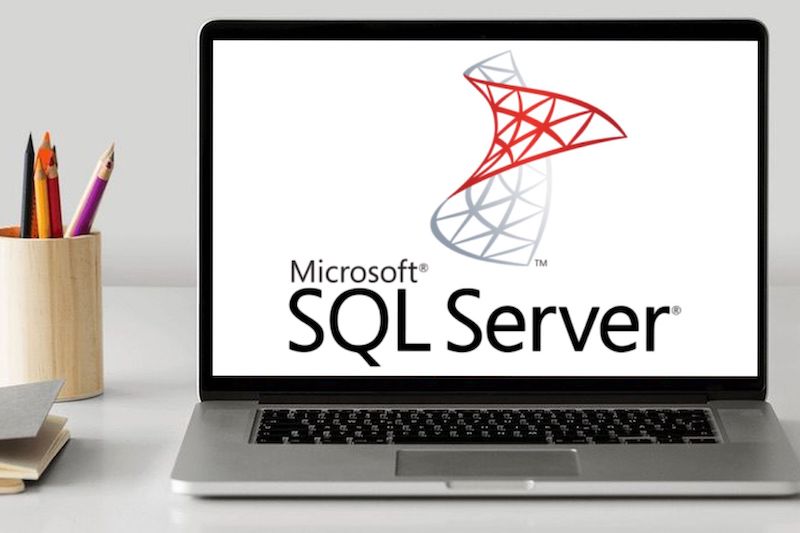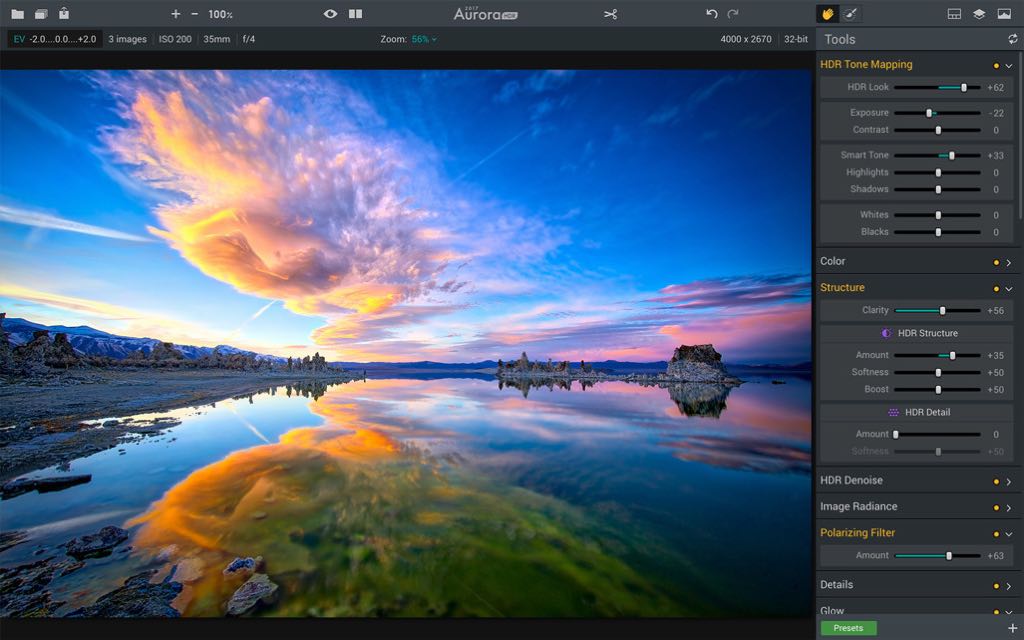MySQL Administrator is a GUI management console for MySQL, with support for tasks such as managing users, configuring MySQL, performing backups, editing table definitions etc. There are fully native versions for Linux/Gtk, Windows and now Mac OS X. This is the first public Beta release of MySQL Administrator for that platform. MySQL is the most popular open source database management system. It allows you to quickly download and install and run a powerful database system on almost any platform available including Linux, Windows, and Mac OS X etc. Geeks Worldwide.
macOS Update: While these instructions still work, there are new posts for recent versions of macOS, the latest being Install Apache, PHP, and MySQL on macOS Mojave.
Sql Server For Mac Os X Free Download
I have installed Apache, PHP, and MySQL on Mac OS X since Leopard. Each time doing so by hand. Each version of Mac OS X having some minor difference. This post serves as much for my own record as to outline how to install Apache, MySQL, and PHP for a local development environment on Mac OS X Mountain Lion Mavericks.

SQL Server Management Studio is not available for Mac but there are plenty of alternatives that runs on macOS with similar functionality. The most popular Mac alternative is DBeaver, which is both free and Open Source.If that doesn't suit you, our users have ranked 32 alternatives to SQL Server Management Studio and 17 are available for Mac so hopefully you can find a suitable replacement. Download the disk image (.dmg) file (the community version is available here) that contains the.
I am aware of the several packages available, notably MAMP. These packages help get you started quickly. But they forego the learning experience and, as most developers report, eventually break. Personally, the choice to do it myself has proven invaluable.
It is important to remember Mac OS X runs atop UNIX. So all of these technologies install easily on Mac OS X. Furthermore, Apache and PHP are included by default. In the end, you only install MySQL then simply turn everything on.
First, open Terminal and switch to root to avoid permission issues while running these commands.
Enable Apache on Mac OS X
Note: Prior to Mountain Lion this was an option for Web Sharing in System Prefrences → Sharing.
Verify It works! by accessing http://localhost
Enable PHP for Apache
OS X Mavericks Update: You will need to rerun the steps in this section after upgrading an existing install to Mac OS X Mavericks.
First, make a backup of the default Apache configuration. This is good practice and serves as a comparison against future versions of Mac OS X.
Now edit the Apache configuration. Feel free to use TextEdit if you are not familiar with vi.
Uncomment the following line (remove #):
Restart Apache:
Install MySQL
- Download the MySQL DMG for Mac OS X
- Install MySQL
- Install Preference Pane
- Open System Preferences → MySQL
- Ensure the MySQL Server is running
- Optionally, you can enable MySQL to start automatically. I do.
The README also suggests creating aliases for mysql and mysqladmin. However there are other commands that are helpful such as mysqldump. Instead, I updated my path to include /usr/local/mysql/bin.
Note: You will need to open a new Terminal window or run the command above for your path to update.
I also run mysql_secure_installation. While this isn't necessary, it's good practice.
Connect PHP and MySQL
You need to ensure PHP and MySQL can communicate with one another. There are several options to do so. I do the following:

Creating VirtualHosts
You could stop here. PHP, MySQL, and Apache are all running. However, all of your sites would have URLs like http://localhost/somesite/ pointing to /Library/WebServer/Documents/somesite. Not ideal for a local development environment.
OS X Mavericks Update: You will need to rerun the steps below to uncomment the vhostInclude after upgrading an existing install to Mac OS X Mavericks.
To run sites individually you need to enable VirtualHosts. To do so, we'll edit the Apache Configuration again.
Uncomment the following line:
Now Apache will load httpd-vhosts.conf. Let's edit this file.
Here is an example of VirtualHosts I've created.
The first VirtualHost points to /Library/WebServer/Documents. The first VirtualHost is important as it behaves like the default Apache configuration and used when no others match.
The second VirtualHost points to my dev workspace and I can access it directly from http://jason.local. For ease of development, I also configured some custom logs.
Note: I use the extension local. This avoids conflicts with any real extensions and serves as a reminder I'm in my local environment.
Restart Apache:
In order to access http://jason.local, you need to edit your hosts file.
Add the following line to the bottom:
I run the following to clear the local DNS cache:
Now you can access http://jason.local.
Note: You will need to create a new VirtualHost and edit your hosts file each time you make a new local site.

A note about permissions
You may receive 403 Forbidden when you visit your local site. This is likely a permissions issue. Simply put, the Apache user (_www) needs to have access to read, and sometimes write, your web directory.
If you are not familiar with permissions, read more. For now though, the easiest thing to do is ensure your web directory has permissions of 755. You can change permissions with the command:
In my case, all my files were under my local ~/Documents directory. Which by default is only readable by me. So I had to change permissions for my web directory all the way up to ~/Documents to resolve the 403 Forbidden issue.
Note: There are many ways to solve permission issues. I have provided this as the easiest solution, not the best.
Install PHPMyAdmin
Unless you want to administer MySQL from the command line, I recommend installing PHPMyAdmin. I won't go into the details. Read the installation guide for more information. I install utility applications in the default directory. That way I can access them under, in this case, http://localhost/phpmyadmin.
Closing
A local development environment is a mandatory part of the Software Development Process. Given the ease at which you can install Apache, PHP, and MySQL on Mac OS X there really is no excuse.
Find this interesting? Let's continue the conversation on Twitter.
2.4.2 Installing MySQL on OS X Using Native Packages
Before proceeding with the installation, be sure to stop all running MySQL server instances by using either the MySQL Manager Application (on OS X Server), the preference pane, or mysqladmin shutdown on the command line.
To install MySQL using the package installer:
Download the disk image (
.dmg) file (the community version is available here) that contains the MySQL package installer. Double-click the file to mount the disk image and see its contents.Figure 2.14 MySQL Package Installer: DMG Contents
Double-click the MySQL installer package. It will be named according to the MySQL version and the OS X version you have chosen. For example, if you have downloaded the package for MySQL 5.6.51 and OS X 10.8, double-click
mysql-5.6.51-osx-.10.8-x86_64.pkgYou will be presented with the opening installer dialog. Click to begin installation.
Figure 2.15 MySQL Package Installer: Introduction
If you have downloaded the community version of MySQL, you will be shown a copy of the relevant GNU General Public License. Click and then to continue.
From the Installation Type page you can either click to execute the installation wizard using all defaults, click to alter which components to install (MySQL server, Preference Pane, Launchd Support -- all enabled by default).
Although the option is visible, the installation location cannot be changed.
Figure 2.16 MySQL Package Installer: Installation Type
Figure 2.17 MySQL Package Installer: Customize
Click to begin the installation process.
Once the installation has been completed successfully, you will be shown an Install Succeeded message with a short summary. Now, the wizard and begin using the MySQL server.
Figure 2.18 MySQL Package Installer: Summary
MySQL server is now installed, but it is not loaded (or started) by default. Use either launchctl from the command line, or start MySQL by clicking 'Start' using the MySQL preference pane. For additional information, see Section 2.4.3, “Installing a MySQL Launch Daemon”, and Section 2.4.4, “Installing and Using the MySQL Preference Pane”. Use the MySQL Preference Pane or launchd to configure MySQL to automatically start at bootup.
When installing using the package installer, the files are installed into a directory within /usr/local matching the name of the installation version and platform. For example, the installer file mysql-5.6.51- installs MySQL into osx10.8-x86_64.dmg/usr/local/mysql-5.6.51-osx10.8-x86_64/ . The following table shows the layout of the installation directory.
Table 2.7 MySQL Installation Layout on OS X
| Directory | Contents of Directory |
|---|---|
bin, scripts | mysqld server, client and utility programs |
data | Log files, databases |
docs | Helper documents, like the Release Notes and build information |
include | Include (header) files |
lib | Libraries |
man | Unix manual pages |
mysql-test | MySQL test suite |
share | Miscellaneous support files, including error messages, sample configuration files, SQL for database installation |
sql-bench | Benchmarks |
support-files | Scripts and sample configuration files |
/tmp/mysql.sock | Location of the MySQL Unix socket |
Mac Os X Version 10.10.0
Mysql For Mac
During the package installer process, a symbolic link from /usr/local/mysql to the version/platform specific directory created during installation will be created automatically.